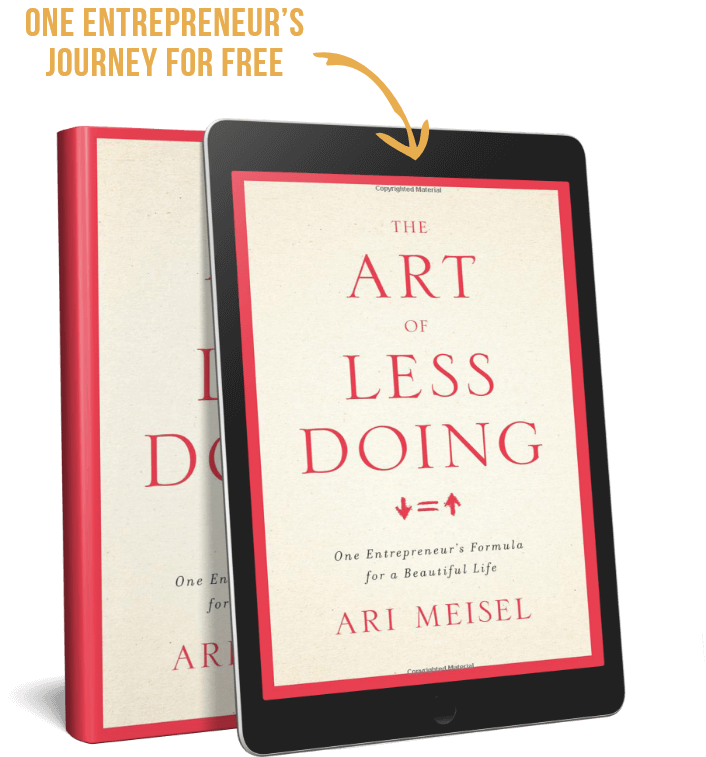The next level of transcription is here, and the method is pretty simple and incredibly effective.
Here’s how it works.
Rather than just recording your thoughts into a microphone for them to be transcribed, introduce another human being into the mix and make it a conversation.
Running ideas past someone else, while the exchange is being recorded, helps you develop ideas more efficiently, illuminates issues you may not have considered and makes brainstorming possible outside the constraints of a scheduled meeting.
So just record yourself talking about an idea, a process, a challenge with someone else, preferably a writer, who can then craft the conversation into an article (like this), a podcast, a strip or any form of communication where you need your ideas well-crafted, vetted and honed.https://upscri.be/6892b4?as_embed=true
Whenever you are ready…here are 4 ways I can help you become more replaceable and grow your business:
1) Join our FREE Facebook Group — The Replaceable Founder
2) Get our FREE Replaceable Founder Mini-Course
3) Come to our next One-Day Intensive “Becoming Replaceable Workshop” in NYC
4) Want to work with us privately? Just answer a few questions and find out if you’re a good fit. Apply Now
